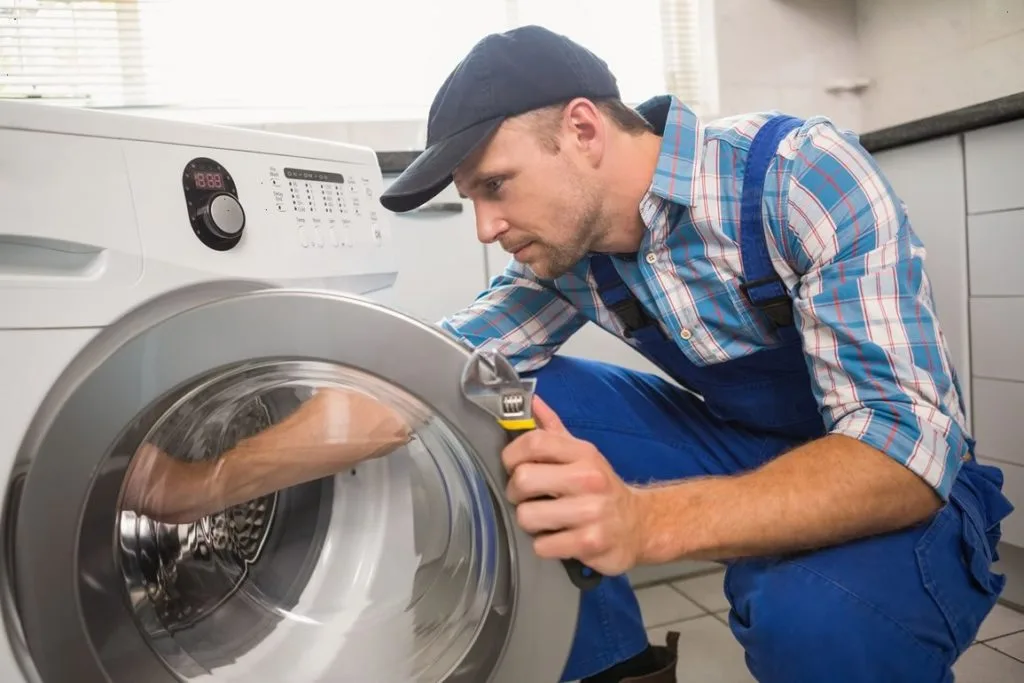
The Importance of Appliances in Our Daily Lives
The Importance of Appliances in Our Daily Lives Appliances are a crucial component of our
Appliances discount up to 50% off
Up to 60% Off Used & Open Box Appliances
The performance of electric appliances is crucial — it is unsafe to use household appliances that are out of order. However, not all home appliance malfunctions are equally dangerous.
For instance, if you hear a washing machine squeak every time it is cleaning a load of laundry, it may or may not mean it’s time to get a new one. In this post, we will examine different reasons for washing machine squeaking and how to handle the problem. By following these tips, you will be able to prolong the lifespan of your home appliances.
The annoying squealing noise you hear every time you do your laundry could have several different causes. You can repair most of these problems without reaching out to technicians. There are times, however, when washing machine squeaking is a red flag, indicating that the appliance needs urgent repair.
If you are wondering ‘Why is my washing machine squeaking?’, here are some possible reasons:
Newsflash: your washing machine can squeak even when nothing is wrong with it. It’s common for a brand-new drum to squeal for up to 5 laundry cycles. Over time, squeaks will disappear on their own, and your clothes will be cleaned quietly.
Sometimes, it’s not the washing machine making squeaking noise but the laundry itself. If a button or a bra strap got stuck in the tub, you can hear scratching or squealing noises during operation.
It could be hard to remove an object if it is stuck in the machine’s agitator. In this case, you will need to follow a user manual or contact a manufacturer to get instructions on removing that part of the washing machine. Lifting the top part of the agitator provides a clear view of anything stuck at the base.
Another reason why your washer makes squealing noises may be that the bearings are getting old and not working efficiently. Consult a local technician about replacing the bearings and get a new set. If you hear squealing when spinning, check the condition of these parts as well:
This type of squeaking noise typically manifests when filling the washing machine. In this case, nothing is wrong with the appliance itself — rather, with your laundry’s hot and cold water valves. Call a plumber to adjust the water pressure of both hot and cold water lines.
Be sure to check the water valve screens as well. To do that, turn the water supply off and unplug the washing machine. Remove both washing machine supply hoses and use a screwdriver or needle-nose pliers to remove the valve screens.
If valve screens are broken, replace them, and the washing machine will not squeak anymore. The valve screens could be dirty as well — in that case, clean them with a toothbrush, hot water, and soap before reinstalling them.
If your washing machine squeaks during agitation, chances are, the U-joint kit is no longer functional. Theoretically, you can replace it with a new one. However, it’s a time-consuming and expensive procedure — it may be better to get a new washing machine altogether.

Having determined the reason for a washing machine making a squeaking noise, let’s take a closer look at the most common ways to deal with the problem. After applying these tips, you can be confident that the appliance will function well, and its lifespan is increased by years. Take a look at these tips on how to fix squeaky washing machines:
Read about the latest Services that we are including day by day.

The Importance of Appliances in Our Daily Lives Appliances are a crucial component of our

The Ultimate Guide to Samsung’s 36″ French Door Refrigerator RF28R6201SR The kitchen is often referred

The Worst Mistake You Can Make When Buying Appliances When it’s time to replace your
On All New Appliances
A delivery service you can depend on
Satisfied customers are our best ads
The highest level of security
5855 9 St SE, Calgary, AB T2H 1Z9
1914 St George Ave, Saskatoon, SK S7M 0K5
1348 Cornwall St, Regina, SK, S4R 2H5
1750 Gershaw Dr SW, Medicine Hat, AB T1A 5E1
124, 1 Street W
Brooks, AB T1R 1B5
Okotoks,
Alberta
Copyright 2025 © All Rights Reserved | SMS Appliances